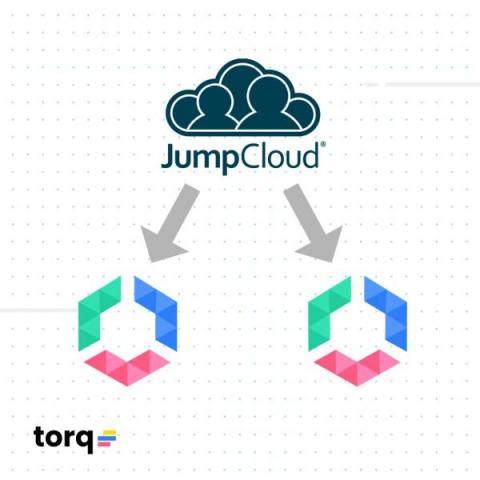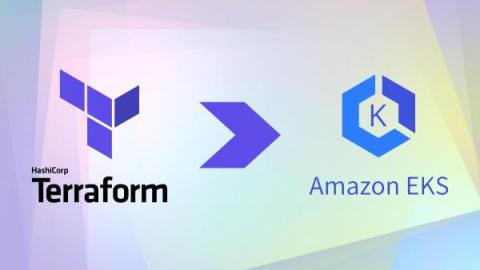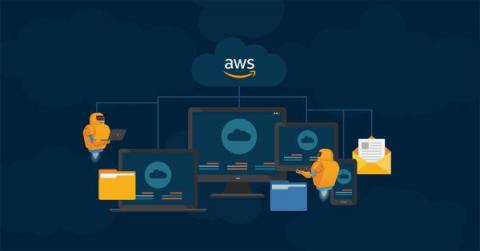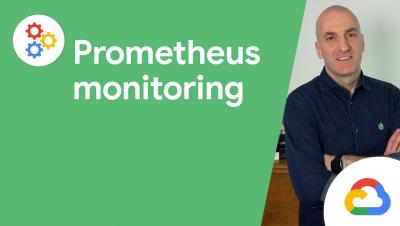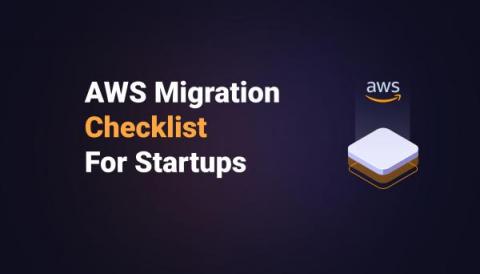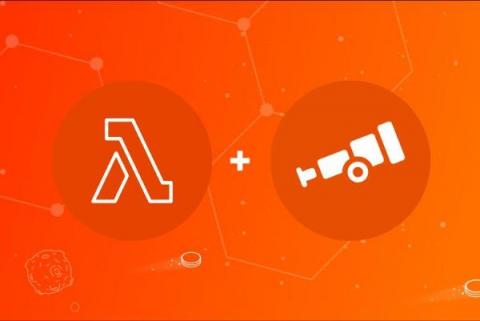Operations | Monitoring | ITSM | DevOps | Cloud
Cloud
The latest News and Information on Cloud monitoring, security and related technologies.
[UPDATED] We're changing the way development environment URLs are generated
UPDATE 6 April 2022: There are times where we have to revisit our plan, and today is one of those times. Last week, we released a fix to solve some inconsistencies in how our development URLs are generated. Even though this change was not impacting any production environments, many customers reported that it was breaking their test integrations with third-party services, or that they were reaching a provisioning limit with our Let’s Encrypt certificates.
6 Common DynamoDB Issues
DynamoDB, the primary NoSQL database service offered by AWS, is a versatile tool. It’s fast, scales without much effort, and best of all, it’s billed on-demand! These things make DynamoDB the first choice when a datastore is needed for a new project. But as with all technology, it’s not all roses. You can feel a little lost if you’re coming from years of working with relational databases. You’re SQL and normalization know-how doesn’t bring you much gain.
Automated Just-In-Time Permissions Using JumpCloud+Torq
For security teams, properly managing which users can access resources and governing the level of access those users have is about as basic as locking the door at night. Understandably then, there are thousands of options available to fine-tune or revoke access, and it’s likely that issues come up daily for most companies—if not hourly.
Terraform your EKS fleet - PART 1
The 9 Best AWS Management Tools You Can Use Right Now
How to set up Prometheus monitoring for your services
AWS Migration Checklist For Startups
CloudZero Achieves SOC 1 Compliance: Here's Why We Did It
Serverless observability with OpenTelemetry and AWS Lambda
Nowadays, microservice architecture is a pattern that helps to innovate quicker by enabling easier scalability, giving language flexibility, improving fault isolation, etc. Systems built this way also bring some downsides. Moving parts, concurrent invocations, and different retries policies can make operating and troubleshooting such systems challenging. Without proper tools, correlating logs with metrics may be difficult. To overcome these challenges, you need observability.





